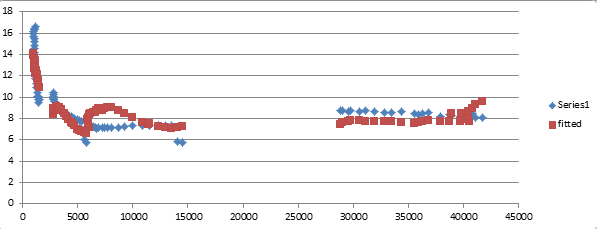 Trilby by George du Maurier
Trilby by George du Maurier
My rating: 3 of 5 stars
It happened the other day, while I was reading George du Maurier’s Trilby, that a young man asked me whether I read mainly fiction or non-fiction – his preference clearly being for the latter. I answered the former, and had to supress within me a slight sense of shame. Does the fiction reader not, after all, sunbathe in supercillious fantasy while lazing on the beach; whereas the non-fiction reader applies his mind to the ‘hard facts’?
Maybe it is engrained in us to think so. But the distinction is shallow and meaningless when you dig a little deeper. For one thing, if 2020 has anything to teach us, it is that the ‘hard facts’, even those that are as hard as rock, are so numerous and tiny that they give way to the cudgel of dogma and zealotry, like grains of sand on that very same beach. One eye-catching event, propelled by the right algorithms, can trump an entire discipline of rigorous empiricism.
Non-fiction can easily fall into the trap of pretending the ‘castle of truth’ which the author has built up is structurally sound. Fiction, as written from the perspective of the narrator, or better still, the third persons who inhabit the narration, harbours no such pretense of architectural stability. The reader knows that the truth on which a novel is based is a shifty one; changing with the tide and giving way to the footprints left by the author’s own biases, those of his characters and those of the reader.
In this respect, a book like ‘Trilby’ helps us gain perspective on the ‘truthiness’ of our own age. It places fantastical events in a historical and subjective context, and in doing so removes us from the fantastical context of our own time, allowing us to regard these as no less subjective and ephemeral.
At the time of its publication, ‘Trilby’ was a sensation – the ‘Da Vinci Code’ of its day. Upon reading it, it’s easy to see why. Borrowing with self-effacing openness from Thackery, Dickens and Dumas, this festival of vanity, a tale set in Two Cities, chronicles the adventures of three very British ‘musketeers of the brush’ (artists) and their acquaintance with the Anglo-Irish Parisian washerwoman of the title. The narrative is light and fun, rich in the tradition of turn-of-the-Century satirists like Wilde or Saki. The plot is compelling, though perhaps somewhat too linear for modern tastes.
Mostly though, I read it as an antidote to the irrationality and illiberalism of the dominant ‘Liberal’ world view. If we must inhabit sand castles in order to have a coherent frame of reference, let’s at least decorate them with the colourful seashells of funny, well-written Victorian prose.


